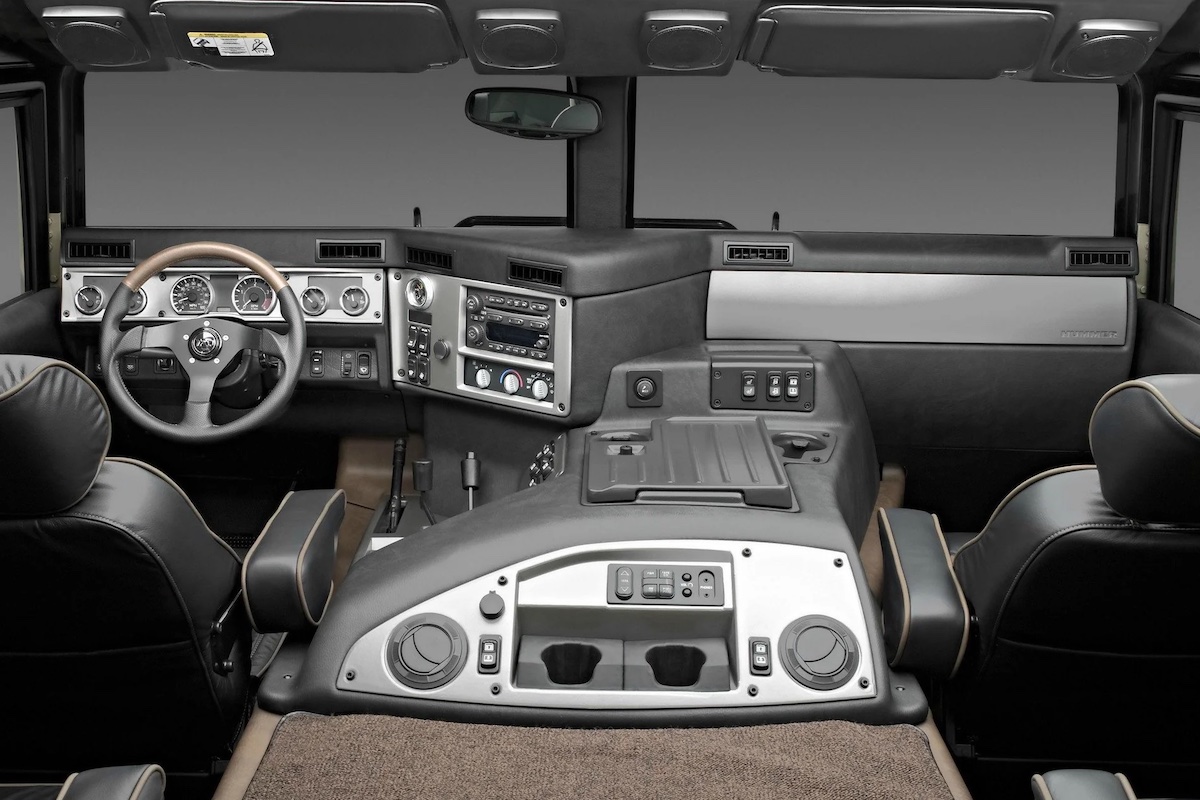Hummer H1 Buyers Guide

The Hummer H1, originally designed for military use as the Humvee, became an iconic civilian vehicle known for its rugged capabilities and unmistakable presence. Launched in 1992, the H1 embodies off-road prowess, boasting a reputation for conquering the most challenging terrains. Whether you’re an off-road enthusiast or a collector, this guide will provide you with essential insights to make an informed purchase.
History and Variants
The Hummer H1 was produced from 1992 to 2006, available in several body styles: the convertible, hardtop, and wagon. Over its production run, there were several primary variants:
- H1 Alpha (2006): The most desirable, featuring a 6.6L Duramax turbo-diesel engine and improved interior.
- H1 Open Top: A convertible variant with a removable soft top.
- H1 Wagon: Offers a hardtop and enclosed rear, providing more interior space.
- H1 Hardtop: A versatile version suitable for both civilian and utility purposes.
Each variant has its unique features, but all share the same robust chassis and off-road capability.
Engine and Performance
The Hummer H1 comes with various engine options throughout its production run, including:
- 6.2L V8 Diesel (1992-1993): The initial engine option with modest power.
- 6.5L V8 Diesel (1994-2006): An improvement over the 6.2L, providing better performance and reliability.
- 6.5L Turbo-Diesel (1996-2004): Enhanced power and torque for better off-road capability.
- 6.6L Duramax Turbo-Diesel (2006): Found in the H1 Alpha, offering the best performance, reliability, and fuel efficiency.
Transmission options include a 3-speed automatic (early models) and a 4-speed automatic (later models). The H1’s performance off-road is unmatched, with a high ground clearance, large approach and departure angles, and the ability to ford water up to 30 inches deep.

Interior and Features
While the Hummer H1’s interior is utilitarian, later models, especially the Alpha, offer more comfort and amenities. Key features to look for include:
- Seating: Typically four-passenger seating, with bucket seats offering moderate comfort.
- Climate Control: Air conditioning was optional in early models and became standard in later ones.
- Sound System: Basic in early models, upgraded options available in later years.
- Interior Materials: Durable and functional, with improvements in later models.
Be prepared for a basic interior compared to modern SUVs, but appreciate the H1’s focus on rugged functionality.
Maintenance and Reliability
The Hummer H1 is built to withstand extreme conditions, but regular maintenance is crucial. Common maintenance tasks include:
- Engine Oil and Filter Changes: Essential for longevity, especially for diesel engines.
- Transmission Service: Regular fluid changes to ensure smooth operation.
- Brake Maintenance: Due to its weight, the H1’s brakes are under constant stress.
- Suspension and Axles: Regular inspections to avoid costly repairs.
Parts availability is generally good, but some specific components for older models may be harder to find and more expensive.
Market Value and Buying Tips
The Hummer H1 has a strong following, and prices can vary significantly based on condition, mileage, and specific model. Key tips for buying an H1 include:
- Inspect Thoroughly: Look for signs of off-road use, rust, and wear.
- Service Records: A well-documented maintenance history is invaluable.
- Professional Inspection: Consider hiring a specialist to assess the vehicle’s condition.
- Understand Ownership Costs: Be prepared for higher fuel, maintenance, and repair costs.
Conclusion
The Hummer H1 is a unique and capable vehicle that offers unparalleled off-road performance and a distinct presence. Whether you’re looking for a rugged off-road machine or a collector’s item, understanding the different variants, maintenance needs, and market values is crucial. By following this guide, you can make a well-informed decision and enjoy the exceptional capabilities of the Hummer H1.
